Karen
Duquette and friends
visited the Ponce De Leon Lighthouse
November 11, 2012 |
|
Karen Duquette and friends
visited the Ponce De Leon Lighthouse in Central Florida to learn about
the Fresnel lens, the Kedge Anchor, oil lamps, and to climb up to 203
steps of the spiral staircase to the observation deck to see a panoramic
view of the Atlantic Ocean and grounds of the lighthouse. Lee Duquette
stayed in Broward County with family. |
|
http://en.wikipedia.org/wiki/Ponce_de_Leon_Inlet_Light |
|
The Ponce de Leon
Inlet Light is a lighthouse and museum located at Ponce de
Leon Inlet in Central Florida. At 175 feet in height, it is the tallest
lighthouse in the state and one of the tallest in the United States.
Restored by the Ponce de Leon Inlet Lighthouse Preservation Association,
the lighthouse became a National Historic Landmark in 1998. |
|
|
 The
first lighthouse for what is now the Ponce de Leon Inlet was erected
on the south side of Mosquito Inlet in 1835. Unfortunately, the oil
for the lamp was never delivered, and soon after the tower was completed
a strong storm washed much of the sand from around the base of the tower,
weakening it. The Second Seminole War began soon after, and in December
1835 Seminole Indians attacked the lighthouse, smashing the glass in
the lantern room and setting fire to its wooden stairs. The area was
abandoned. The war prevented repairs from being made to the tower, and
it collapsed the next year. The
first lighthouse for what is now the Ponce de Leon Inlet was erected
on the south side of Mosquito Inlet in 1835. Unfortunately, the oil
for the lamp was never delivered, and soon after the tower was completed
a strong storm washed much of the sand from around the base of the tower,
weakening it. The Second Seminole War began soon after, and in December
1835 Seminole Indians attacked the lighthouse, smashing the glass in
the lantern room and setting fire to its wooden stairs. The area was
abandoned. The war prevented repairs from being made to the tower, and
it collapsed the next year.
In 1897, author and journalist Stephen Crane was en route to cover
a brewing revolt against Spanish rule in Cuba, when the ship he was
on, the SS Commodore, sank off the coast of Florida. Crane
escaped in a small dinghy with several crewmen, and they eventually
sighted and steered for the Mosquito Inlet Light. Crane used this experience
in his short story "The Open Boat".
The original lamp burned kerosene; in 1909 it was replaced with an
incandescent oil vapor lamp. In 1924 a generator was installed to provide
electricity in the keepers' dwellings and to pump water, replacing an
old windmill pump. The lighthouse beacon was electrified in 1933 with
a 500-watt lamp. The first order Fresnel lens was replaced with a third
order rotating Fresnel lens at the same time.
In 1927 the name of Mosquito Inlet was changed to Ponce de Leon Inlet.
The lighthouse was transferred from the abolished Lighthouse Service
to the Coast Guard in 1939, which would oversee it for the next three
decades. In 1970, the Coast Guard abandoned the old light station and
established a new beacon at New Smyrna Beach. The abandoned property
was then deeded to the Town of Ponce Inlet. At the urging of concerned
citizens, the Town of Ponce Inlet accepted the Light Station property
from the Coast Guard in 1972, and the Lighthouse Preservation Association
was formed to manage the museum. That same year, the lighthouse was
listed on the National Register of Historic Places. |
|
|
| Yes, Karen Duquette climbed
up the spiral staircase with 203 steps to the top of the lighthouse. Lee
Duquette stayed in Broward to spend time with family and did not accompany
Karen on this trip. So it is not officially a trip of the two RV Gypsies,
but it merits listing on this website anyway. Karen and Lee also visited
this lighthouse together before they became the two RV Gypsies, and they
both climbed up to the top at that time. Karen could not find those older
photos though. |
|
|
|
|
Panoramic view of the Atlantic
Ocean from the observation deck of the Ponce De Leon Inlet Light Station
and more views from the top of the lighthouse. |
 |
Karen Duquette and friends
Jeanne and Bob |
|
|
|
|
|
|
|
Below: View of the Fresnel
Lens at the top of the lighthouse, and some signs on the wall by the
staircase. |
|
|
|
|
|
|
|
|
|
Back on the grounds
of the Ponce De Leon Inlet Light Station and Museum |
|
|
|
Sign about the
16th Century Anchor and a photo of part of the anchor. |
|
|
Sign about the
Kedge Anchor (1830-1860) and photos of part of the anchor. |
|
|
|
|
|
|
|
|
 Present
day museum: Present
day museum:
In 1982 the light was restored to active service, primarily because
high-rise buildings blocked the Coast Guard's beacon on the other side
of the inlet. The Ponce De Leon Inlet Light Station was designated a
National Historic Landmark on August 5, 1998, one of only ten lighthouses
to earn this designation.
The lighthouse and three keepers' dwellings have been restored, and
are open to the public seven days a week. The lighthouse tower is open
for climbing. The original 1867 Barbier et Fenestre first order fixed
lens (installed 1887), and 1860 "Henry Lepaute" rotating first order
Fresnel lens used at Cape Canaveral Light Station are all on display
at the museum. The 1904 Barbier Benard et Turenne rotating third order
Fresnel lens has been restored to service in the tower, which operates
today as a private aid to navigation and is maintained by the museum
staff. It is just south of Daytona beach. |
|
|
|
|
|
Karen Duquette liked this
wheelbarrow bench. |
|
|
|
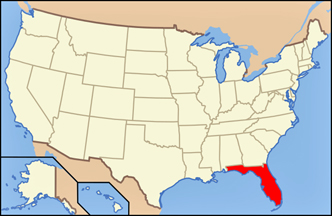
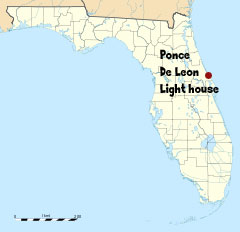
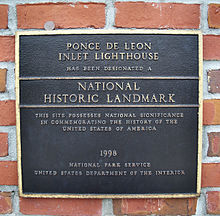
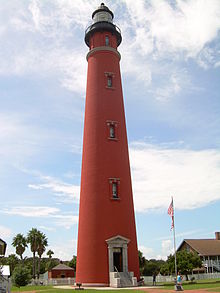
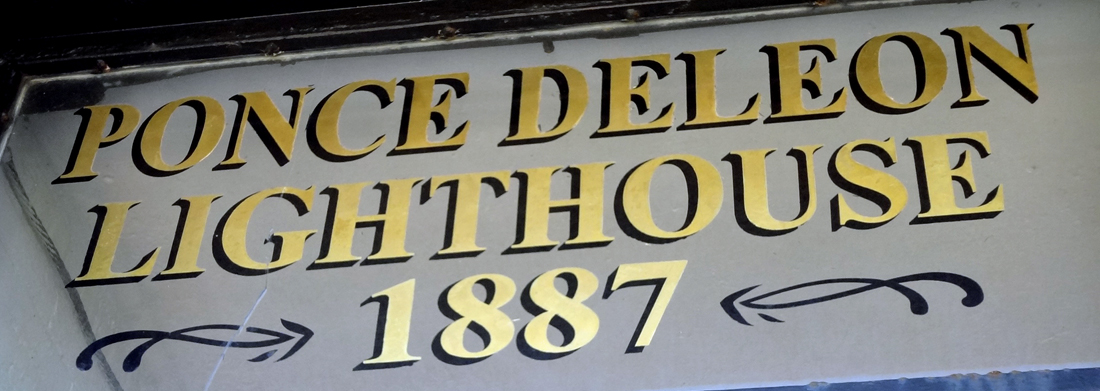
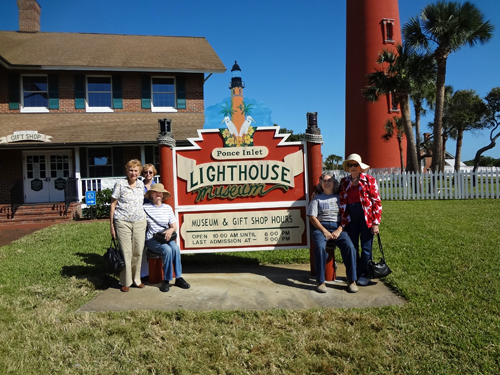
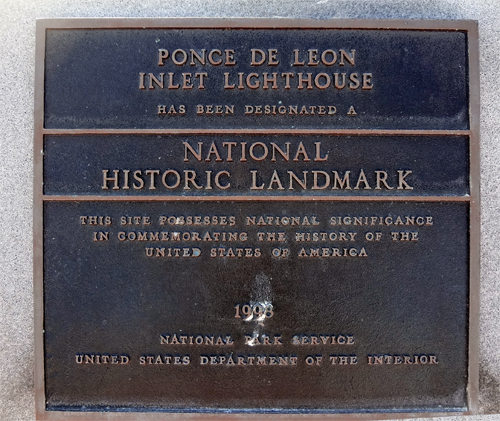
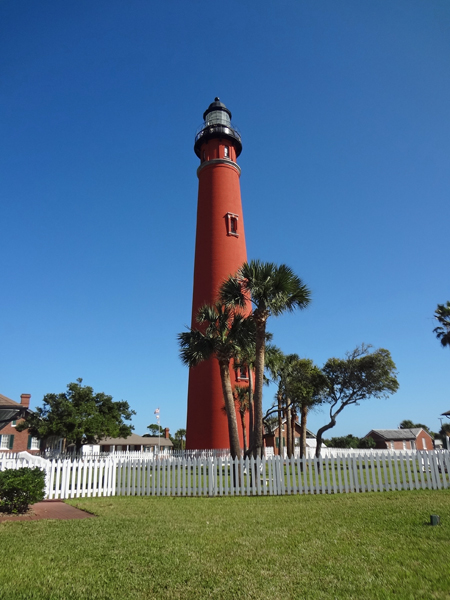
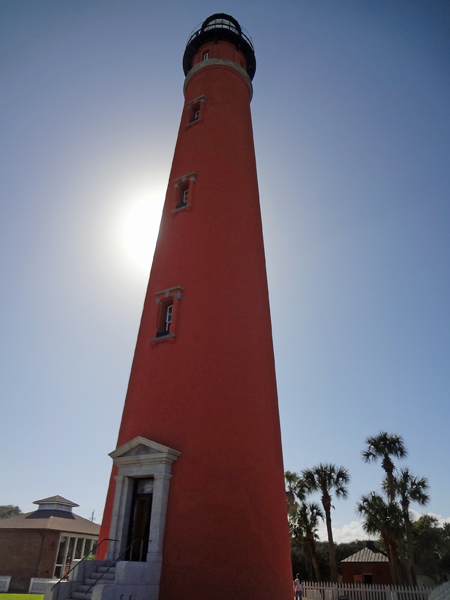
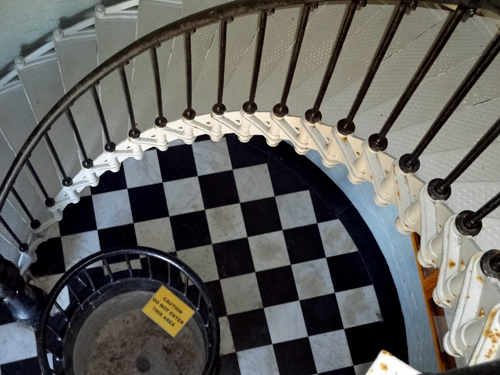
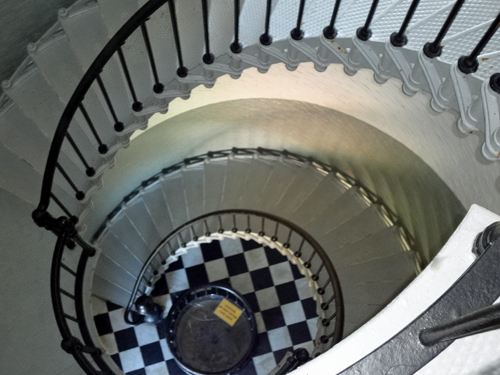
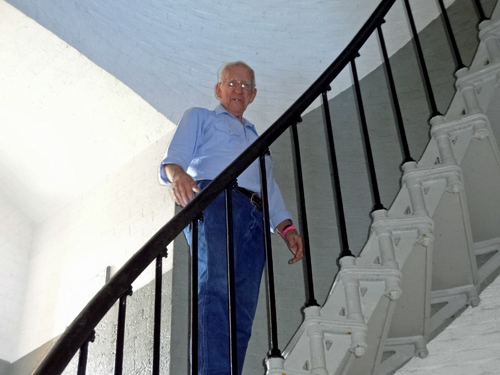
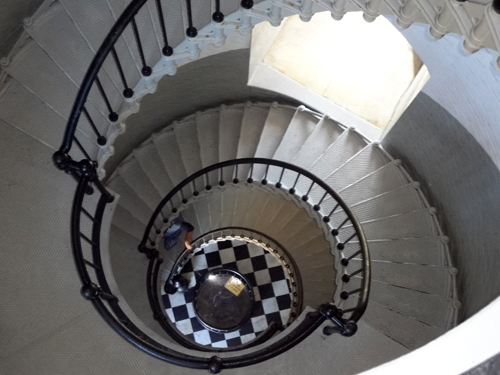

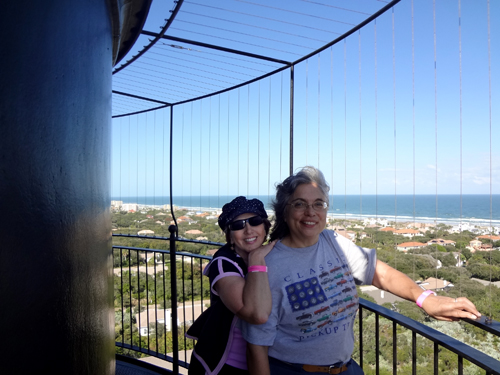
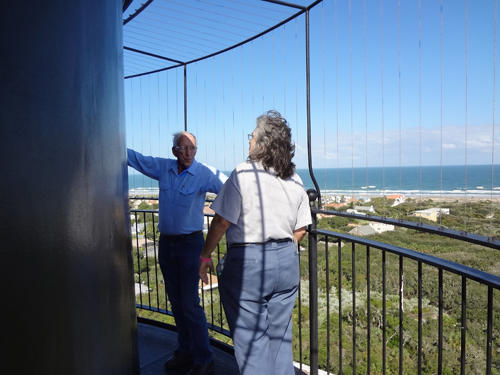
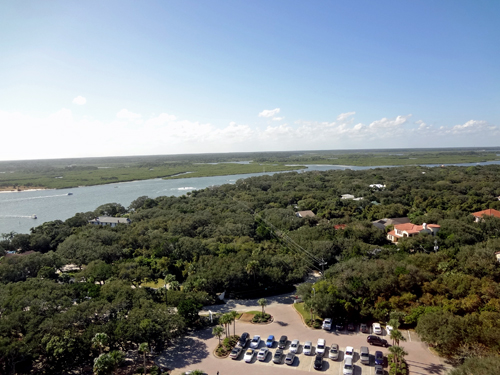
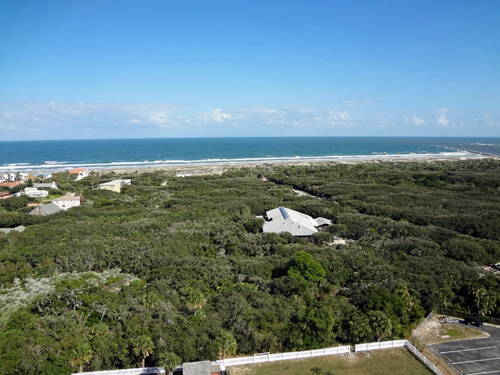
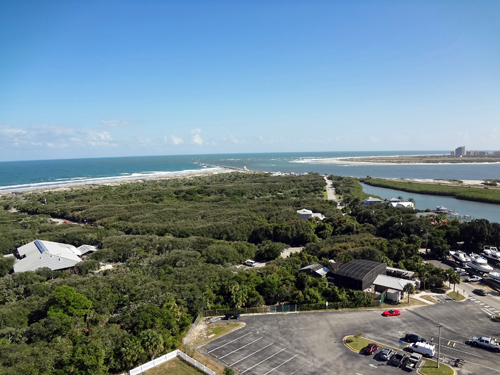
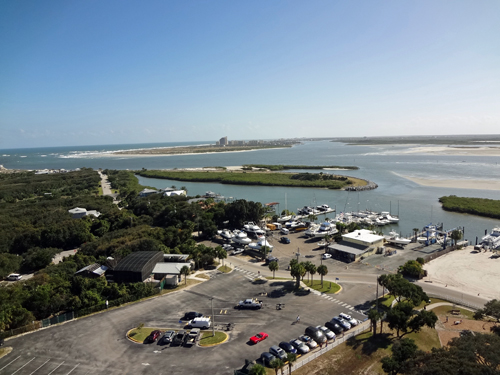
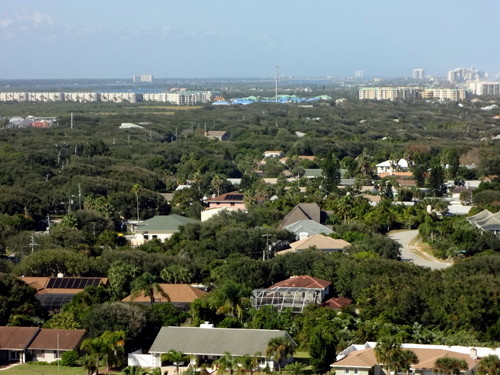
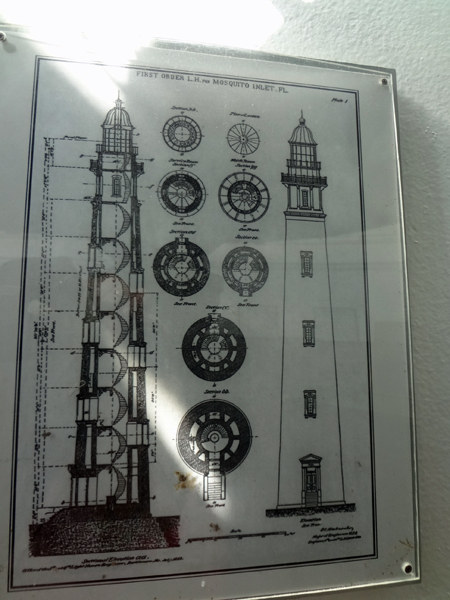
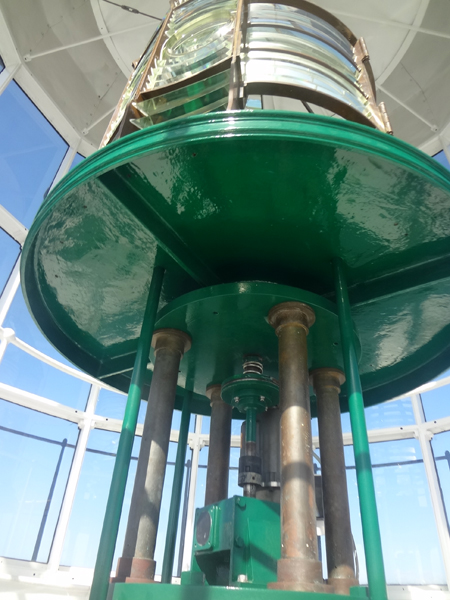
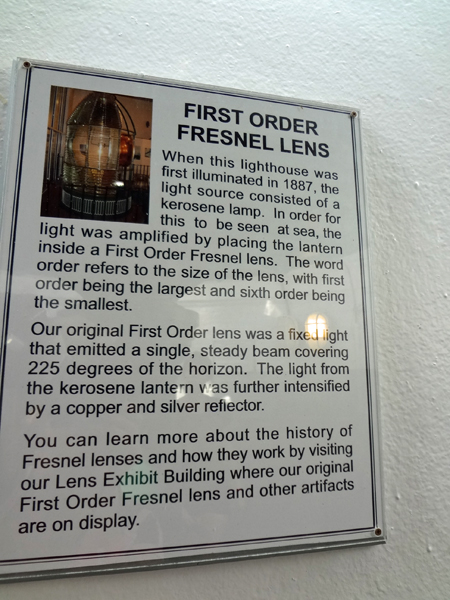
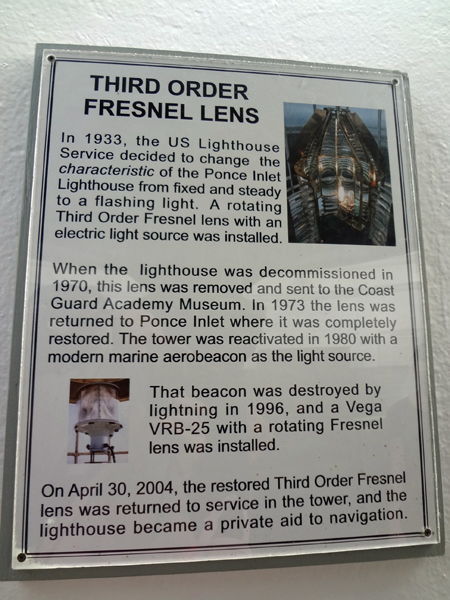
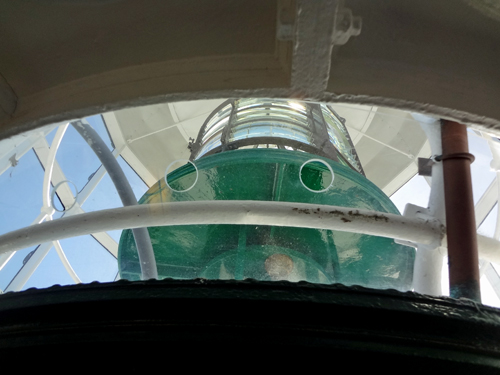
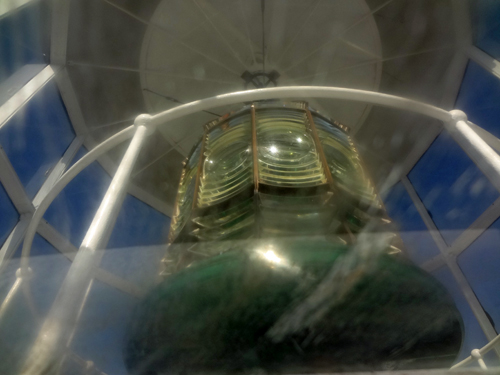
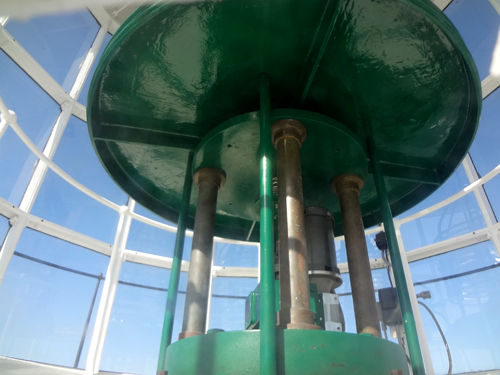
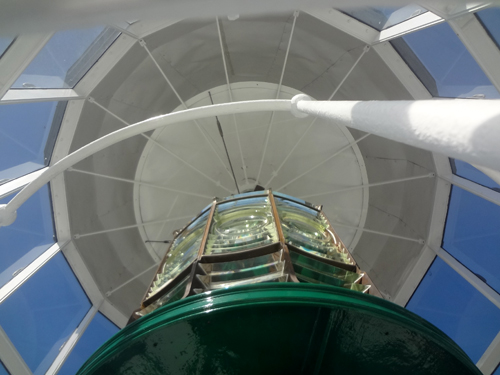
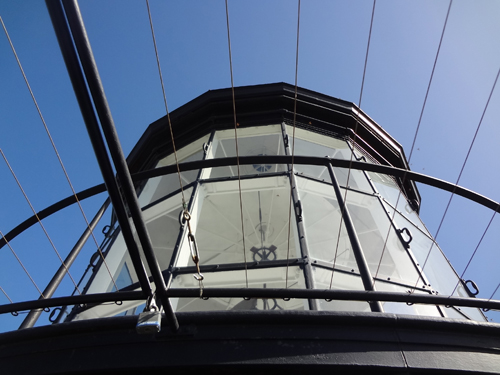
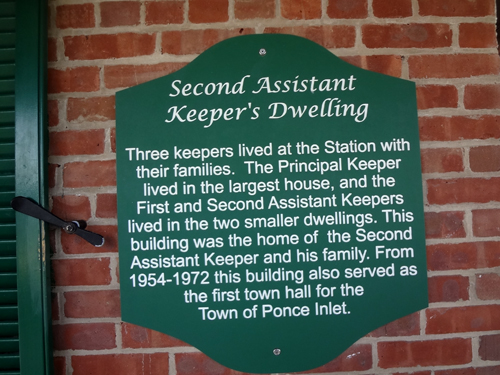
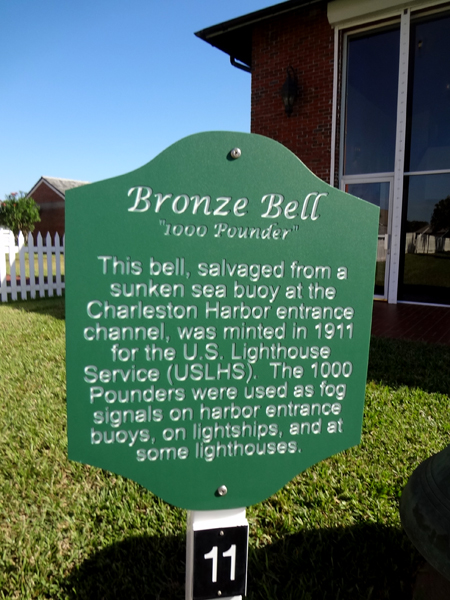
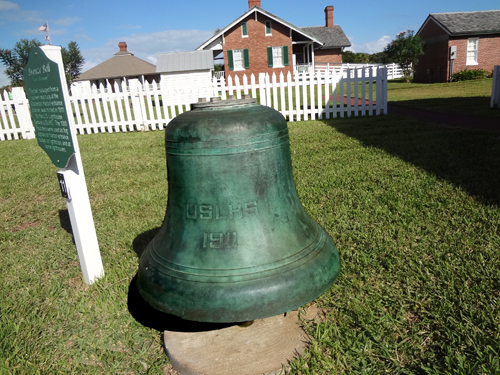
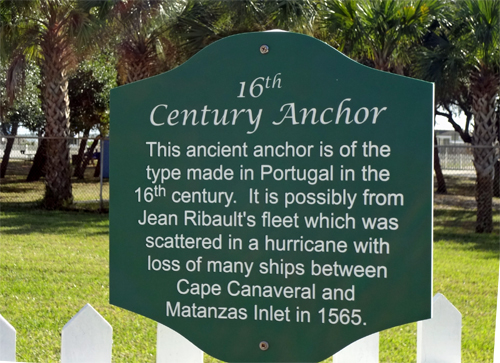
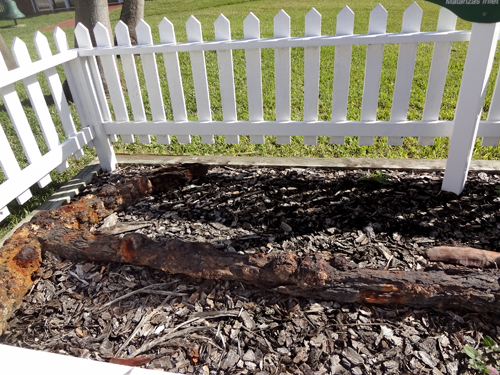
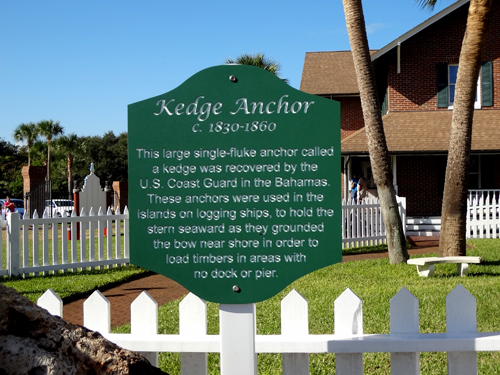
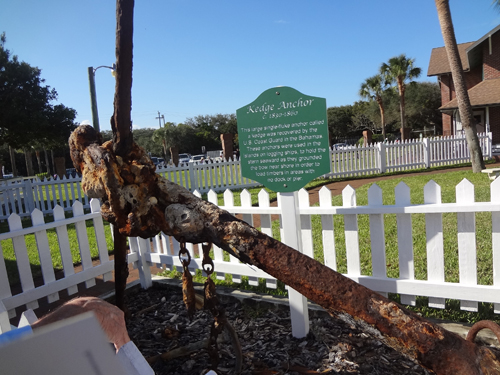
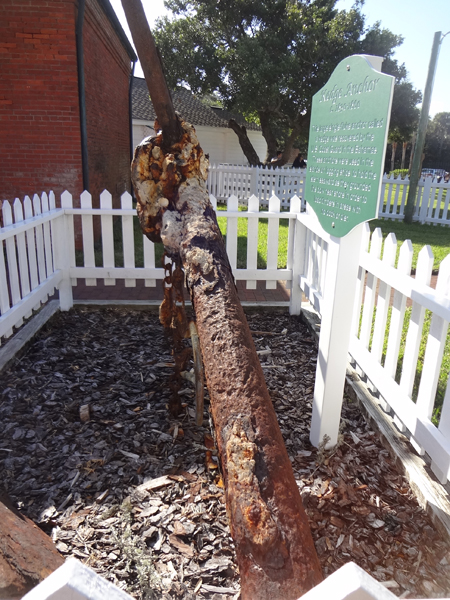
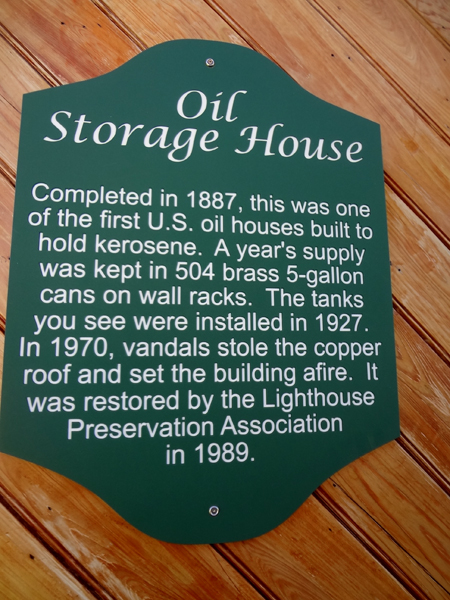
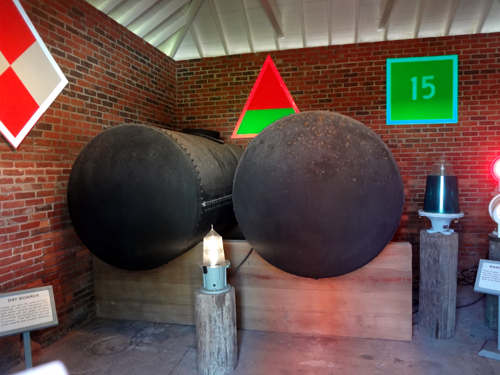
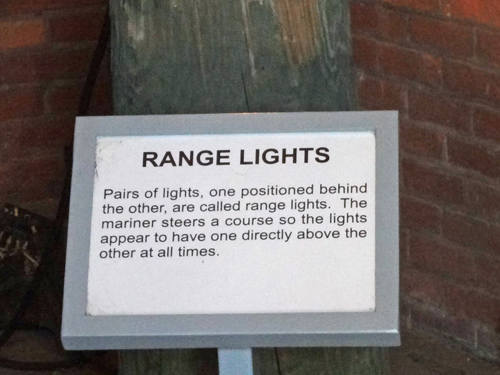
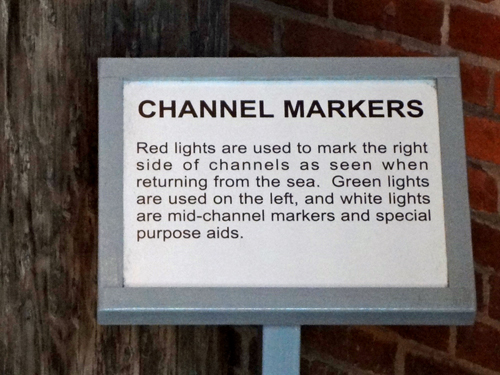
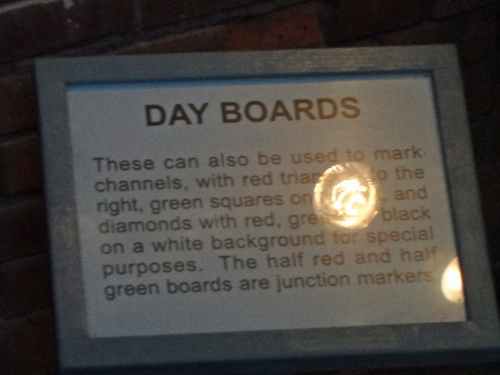
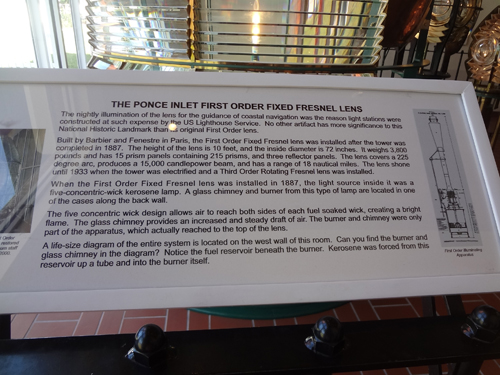
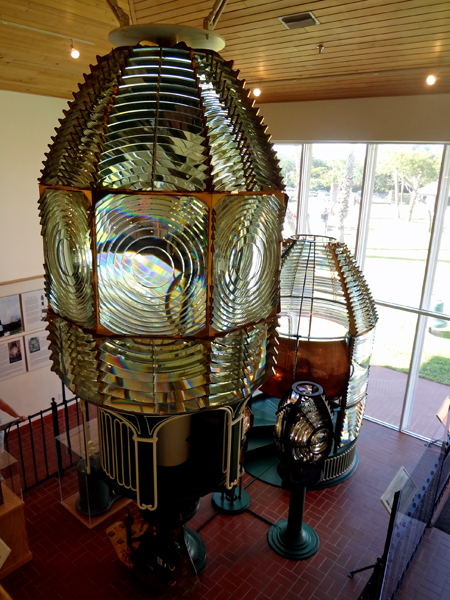
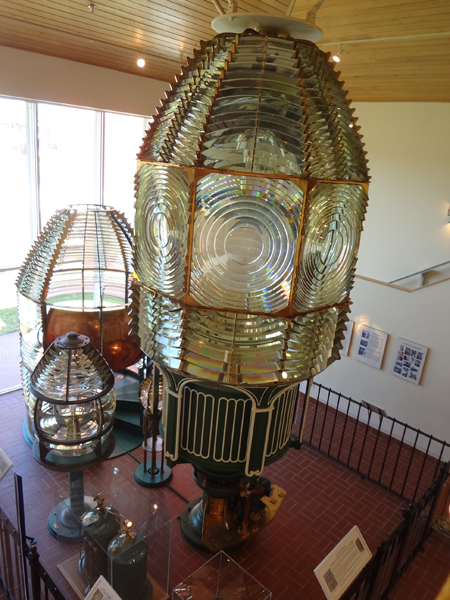
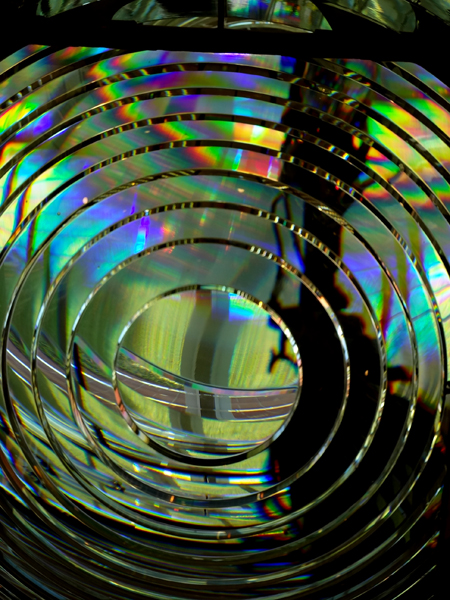
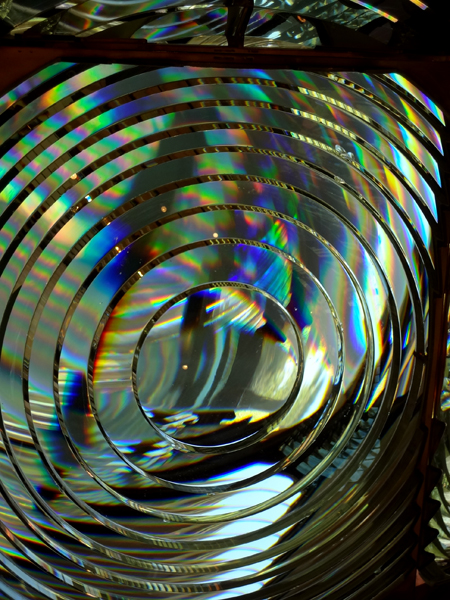
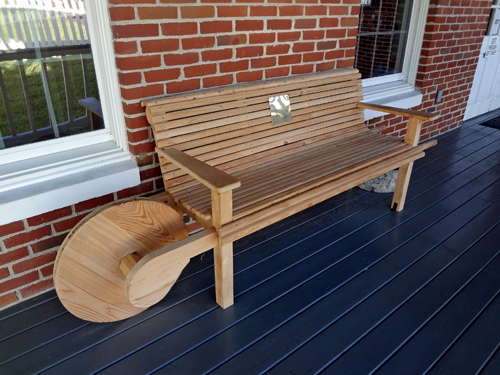
 The
first lighthouse for what is now the Ponce de Leon Inlet was erected
on the south side of Mosquito Inlet in 1835. Unfortunately, the oil
for the lamp was never delivered, and soon after the tower was completed
a strong storm washed much of the sand from around the base of the tower,
weakening it. The Second Seminole War began soon after, and in December
1835 Seminole Indians attacked the lighthouse, smashing the glass in
the lantern room and setting fire to its wooden stairs. The area was
abandoned. The war prevented repairs from being made to the tower, and
it collapsed the next year.
The
first lighthouse for what is now the Ponce de Leon Inlet was erected
on the south side of Mosquito Inlet in 1835. Unfortunately, the oil
for the lamp was never delivered, and soon after the tower was completed
a strong storm washed much of the sand from around the base of the tower,
weakening it. The Second Seminole War began soon after, and in December
1835 Seminole Indians attacked the lighthouse, smashing the glass in
the lantern room and setting fire to its wooden stairs. The area was
abandoned. The war prevented repairs from being made to the tower, and
it collapsed the next year. Continue
on to
Continue
on to 























